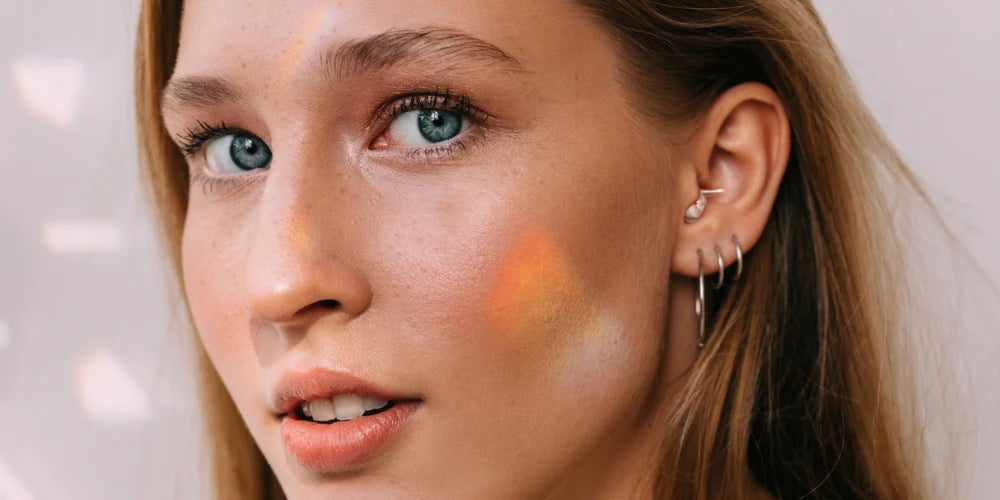
HEARING HEALTH
The more you understand how fragile your hearing is, the more you'll want to protect it.
Can you pass the hearing test?
What is NIHL?
Noise Induced Hearing Loss (NIHL), occurs when structures in the inner ear become damaged due to loud noises.
What is tinnitus?
Ringing or buzzing noise in one or both ears that may be constant or come and go, often associated with hearing loss.
Why are earplugs important?
Reducing the sound volume, earplugs may prevent hearing loss and tinnitus (ringing of the ears), in some causes.
What is NRR?
The Noise Reduction Rating (NRR) is a measure of how much noise an earplug can block out. It is usually expressed in decibels (dB).
What is a decibel (db)?
A unit used to measure the intensity of a sound or the power level of an electrical signal by comparing it with a given level on a logarithmic scale.

How does our hearing work?
Six steps to understanding how your ears process sound.

How loud is too loud?
Sound above 85dB can cause permanent hearing damage without the use of hearing protection. As the decibels rise, the amount of time you're safe decreases. Wearing earplugs reduces the risks.
For loud sustained noises, a high-fidelity or full block earplug is best suited for your needs. Any of our MUSIC or MOTO earplugs would be a great option.
If experiencing loud, rapid noises such as gunshots you need a specific type of filter or over the ears protection. We offer a custom molded "impulse" filter that can be used for shooting. This is the only filter EARPEACE offers that would be suitable for this type of noise.
For loud sustained noises, a high-fidelity or full block earplug is best suited for your needs. Any of our MUSIC or MOTO earplugs would be a great option.
If experiencing loud, rapid noises such as gunshots you need a specific type of filter or over the ears protection. We offer a custom molded "impulse" filter that can be used for shooting. This is the only filter EARPEACE offers that would be suitable for this type of noise.
Since sound is measured in decibels, in order to find the earplugs that cancel the most noise, you will need to look at the NRR or SNR rating and choose the highest decibel reduction rating.
Since sound is measured in decibels, in order to find the earplugs that cancel the most noise, you will need to look at the NRR or SNR rating and choose the highest decibel reduction rating.
There are earplugs with full block filters, which greatly reduce the amount of noise you hear, but there are no earplugs that block all of the noise entirely. For full block filters, we suggest our MUSIC or MOTO products which includes a solid block filter for up to 26dB noise reduction.
There are earplugs with full block filters, which greatly reduce the amount of noise you hear, but there are no earplugs that block all of the noise entirely. For full block filters, we suggest our MUSIC or MOTO products which includes a solid block filter for up to 26dB noise reduction.
